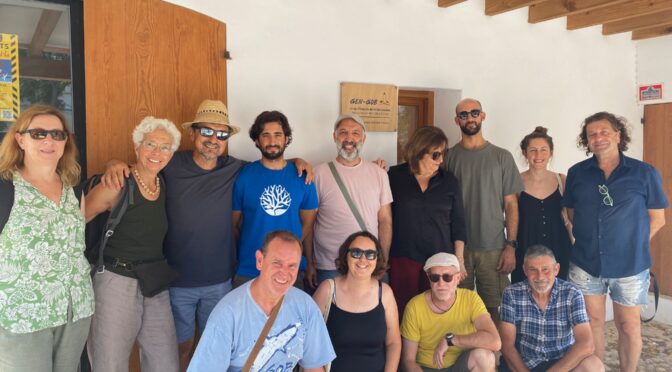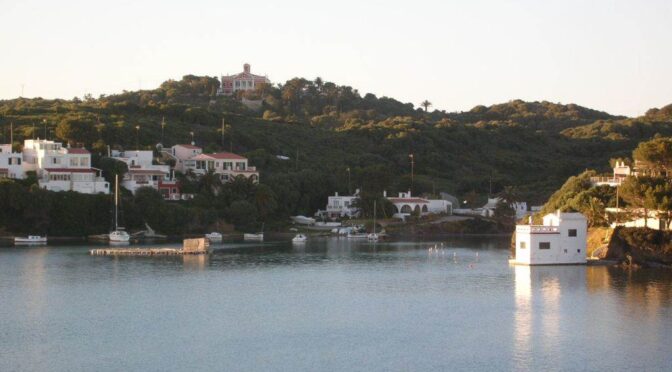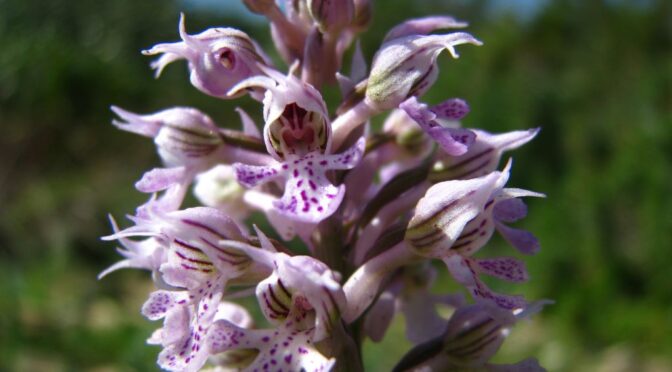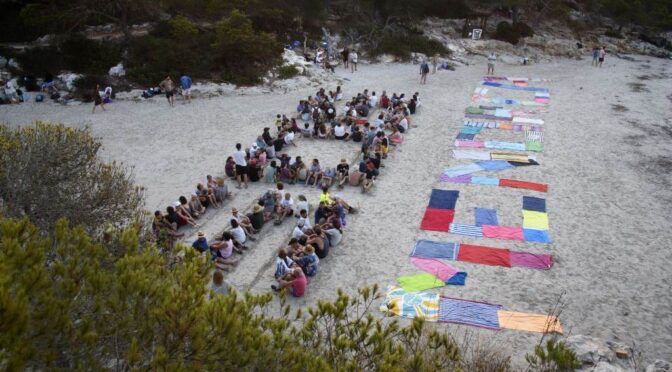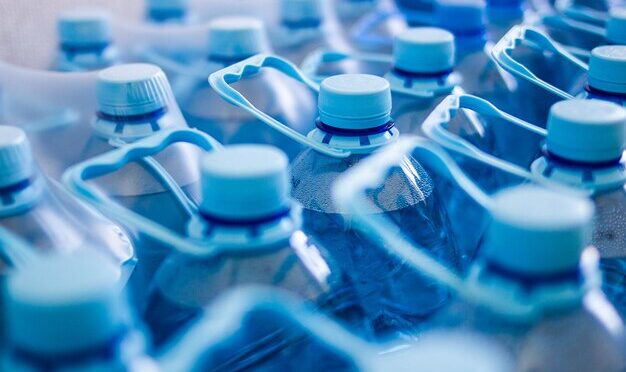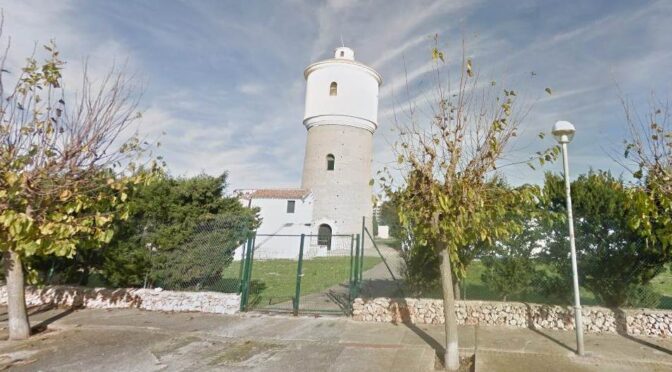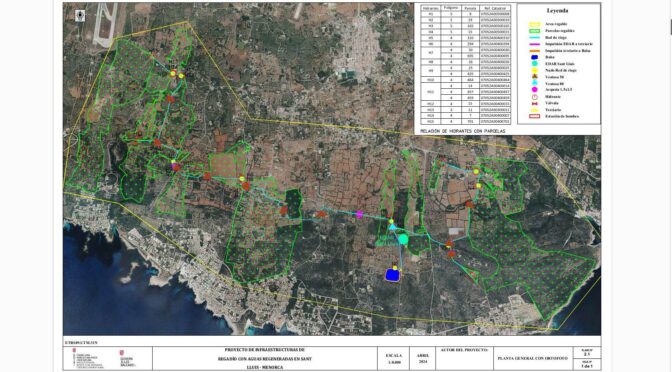Views: 57
Formentera rejoins the structure of GOB in the Balearic Islands.
The Inter-island Board of GOB of the Balearic Islands, composed of representatives from GOB Mallorca, GOB Menorca, GEN-GOB, and GOB Formentera, met this Saturday, June 28, 2025, at Can Casals (Ibiza), the headquarters of GEN-GOB, for their annual interisland coordination meeting.
Continue reading Meeting in Ibiza of all island sections of GOB

